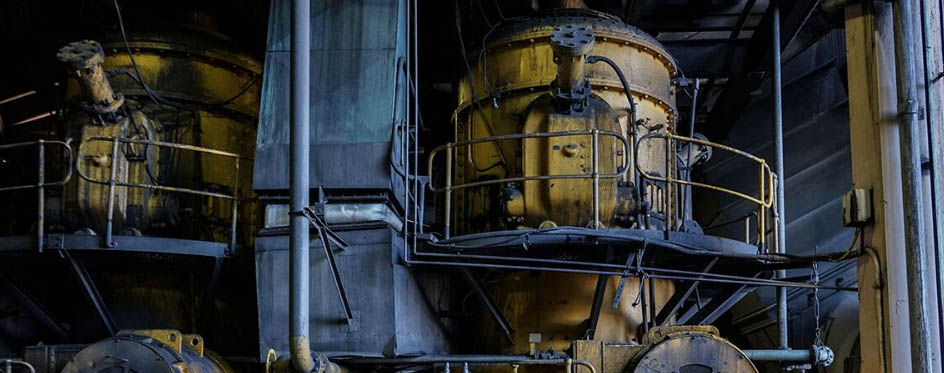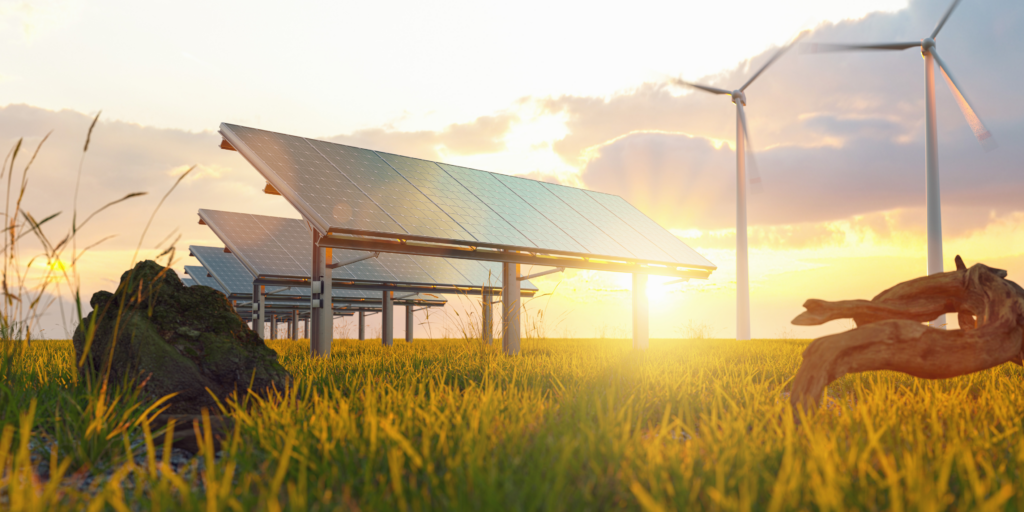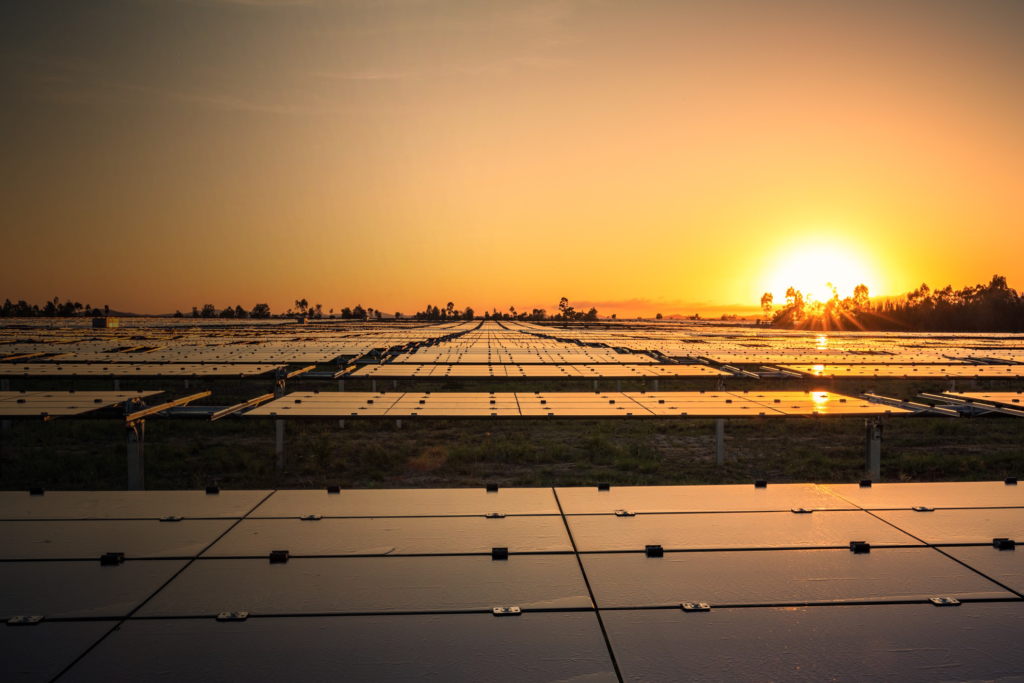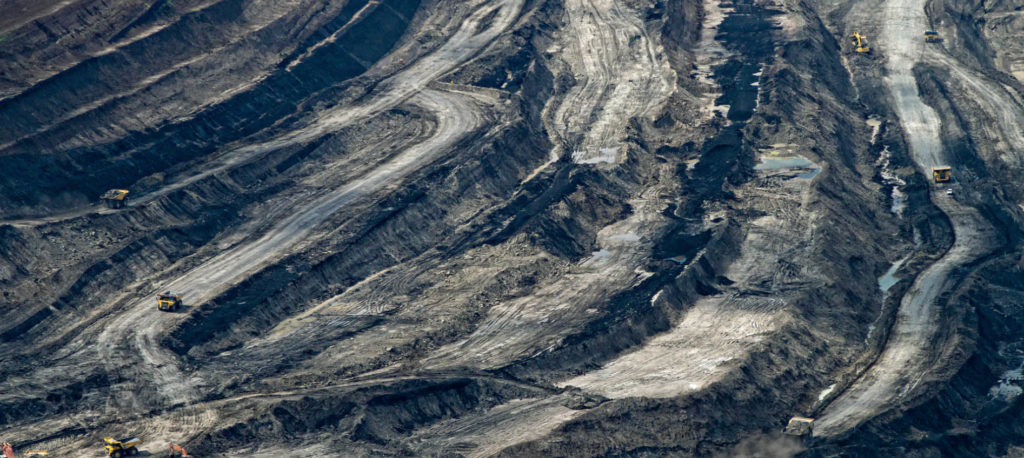The Federal Government refuses to rule out using its Underwriting New Generation Investments program to support the construction of a new coal fired power station or extend the life of an existing coal power station.
New coal power stations are expensive, take many years to build and are highly polluting. Coal is no match for renewable energy.
What is the problem?
To tackle climate change, Australia needs to rapidly phase out the use of coal and gas power and transition to a clean, renewable energy future.
Australia’s fleet of twenty remaining coal power stations is ageing. By 2030, 55% of coal power stations in the National Electricity Market will be over 40 years old. Very old coal power stations become increasingly expensive to operate as maintenance costs increase. These power stations are already breaking down frequently.
Extending the life of old coal power stations is very expensive
Extending the life of old, inefficient coal power stations beyond their technical life, even for a short period, is extremely expensive. For example, the cost of extending the life of the Liddell Power Station in New South Wales for five years beyond its planned closure date in 2022 is estimated to be almost one billion dollars.
Such investments are high risk. Owners of these power stations only have a limited number of remaining operating years to recover the investment and this period may be cut short if the power station subsequently fails.
Building new coal power stations is very expensive
The cost of energy from new coal power stations in Australia is more than double new wind and solar plants with storage.
Coal with carbon capture and storage (CCS) technology is even more expensive. Coal with CCS is the most expensive way to replace Australia’s ageing coal fleet. There are only two operating coal power stations with CCS in the world: Boundary Dam in Canada (which cost US$1.5 billion to build for just 110MW) and Petra Nova in the United States (US$1 billion for 240MW). A further project, the Kemper Power Station, was intended to be the largest coal power station with CCS in the United States but the plan to use coal was scrapped in 2017 after costs doubled to reach US$7.5 billion.
A new coal power station would only be built with massive government subsidies
Most of the private sector will not touch coal.
Solar and wind projects are substantially cheaper to build.
The estimated cost of building a coal power station with CCS in Australia in 2017 is upwards of $352/MWh – over eight times the equivalent cost of a wind or solar farm (refer to Table 1). Unlike the price of renewable energy, which continues to fall, the cost of CCS is increasing substantially over time.
Table 1. Solar PV and wind are the cheapest forms of new generation in Australia, even when combined with energy storage.

Source: BNEF (2018) Levelised cost of energy 2018.
Coal cannot compete with wind and solar
Despite hundreds of millions of dollars of taxpayer subsidies for so-called “clean coal” technology in Australia over the past two decades, no commercially viable project has ever been developed. Renewable energy and storage have won the affordability race. Wind and solar are the cheapest forms of new generation and renewable energy and storage can provide an affordable and reliable supply of electricity.
What pro-coal jargon really means:

For more information on coal power stations, read the Climate Council’s report ‘End of the Line: Coal in Australia’










